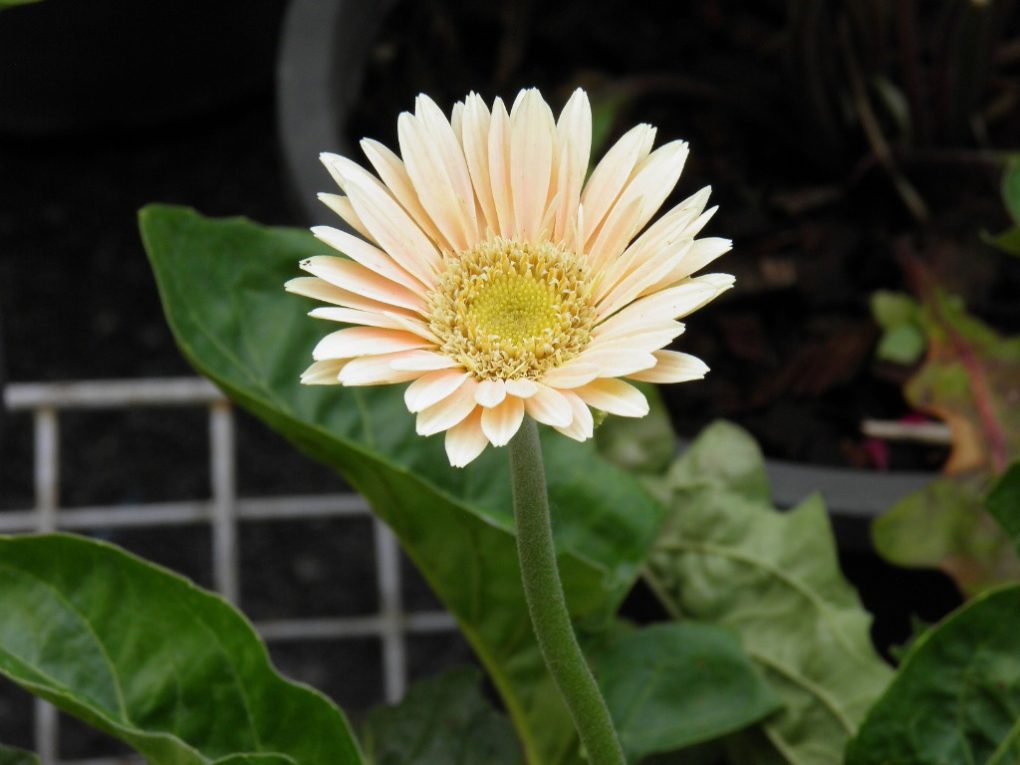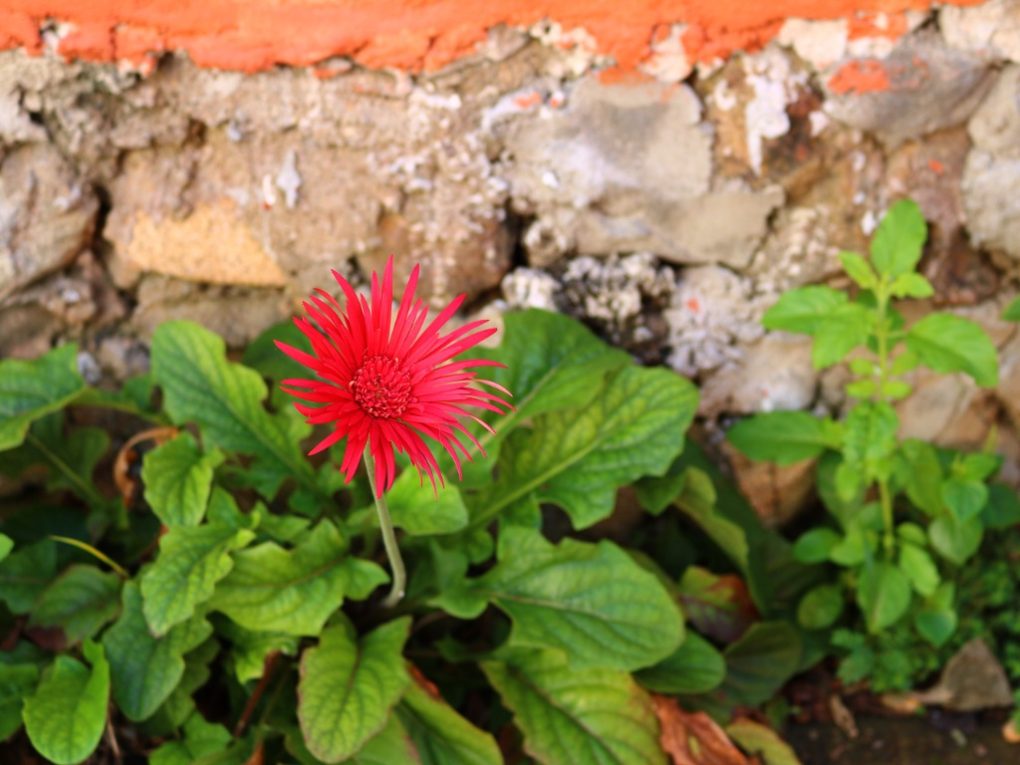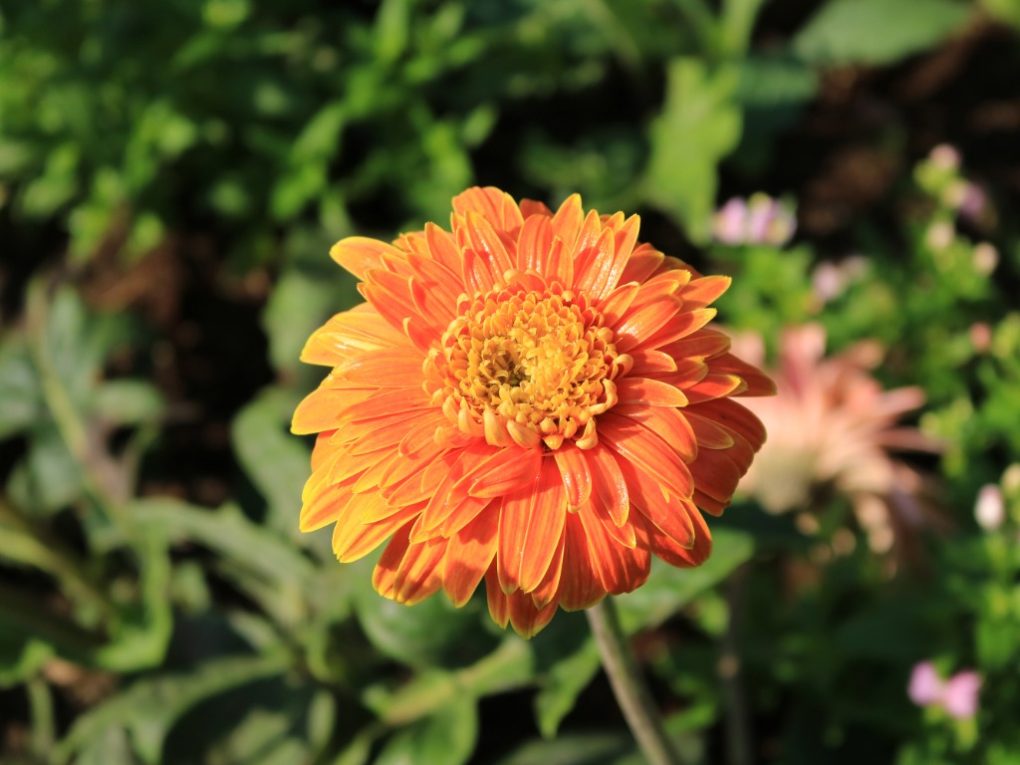Do Gerbera Daisies Spread? Exploring the Growth Habits of Gerbera Daisies
Gerbera Daisies (Gerbera jamesonii) do not spread like invasive plants or ground cover species, instead, they primarily grow in neat clumps which can be divided to propagate new plants.

Gerbera Daisies are perennial flowering plants that can grow through self-seeding, but this process is usually slower and less vigorous than the division method. When grown in ideal settings, they can appear to spread inadvertently, though they are unlikely to become invasive. To control their growth, deadhead the flowers and remove their seed heads before they have a chance to release the seeds.
Table of Contents
Examination of the Spreading Behavior of Gerbera Daisies
Gerbera daisies are vibrant and popular flowers known for their wide range of colors and large, daisy-like blooms. They are commonly used in floral arrangements, gardens, and as indoor potted plants. In this section, we will explore the spreading behavior of Gerbera daisies, shedding light on their growth patterns and factors that influence their spread.
Factors Affecting Spread
Several factors play a role in the spreading behavior of Gerbera daisies. Understanding these factors can help gardeners and enthusiasts effectively manage the growth and expansion of these beautiful flowers. Here are the key factors to consider:
1. Root Development: Gerbera daisies have a shallow root system that spreads horizontally rather than deeply. This characteristic allows them to quickly colonize an area, especially in well-drained soil.
2. Stolon Formation: Gerbera daisies produce stolons, horizontal stems that grow along the soil surface. These stolons produce new plants at their nodes, enabling the daisies to spread and form clusters over time.
3. Light and Moisture: Gerbera daisies require adequate light and moisture for healthy growth like most plants. Increased light exposure and proper watering can stimulate their spreading behavior.
Spreading Patterns
Gerbera daisies exhibit distinct spreading patterns depending on the specific variety and growing conditions. The following patterns are commonly observed:
1. Clumping Spreader: Some Gerbera daisy varieties tend to form compact clumps, with the individual plants growing close together. This spreading pattern is beneficial for creating a dense and visually impactful display of blooms.
2. Runner Spreader: Other Gerbera daisies produce long stolons that extend away from the main plant. These stolons give rise to new plants, resulting in a spreading habit that covers a larger area.
Managing Spread

While the spreading behavior of Gerbera daisies can be desirable in certain situations, it may also require management to prevent overcrowding or encroachment on other plants. Here are some strategies to manage the spread effectively:
● Regular Division: Periodically dividing clumps of Gerbera daisies can control their spread and rejuvenate older plants. Dividing the clumps allows for the creation of new plantings or sharing with other gardeners.
● Thinning and Pruning: Removing excess runners or stolons can help maintain the desired spread of Gerbera daisies. By selectively thinning and pruning, gardeners can shape the plants and prevent them from spreading too aggressively.
● Edging and Barriers: Installing edging or barriers around Gerbera daisy plantings can restrict their spread and prevent them from encroaching on neighboring plants or garden areas.
Impact of Spreading on Garden and Landscape Gerbera Daisies
Spreading is an important factor regarding the growth and maintenance of Gerbera daisies in gardens and landscapes. Understanding the spread’s impact can help gardeners and landscapers make informed decisions about planting and caring for these beautiful flowers.
Benefits of Controlled Spreading
Controlling the spreading of Gerbera daisies can have several benefits. By limiting their spread, you can:
1. Manage Space: Gerbera daisies tend to spread rapidly if left unchecked. By controlling their spread, you can prevent overcrowding in your garden or landscape, ensuring each plant has enough space to grow and thrive.
2. Maintain Aesthetic Appeal: Gerbera daisies are prized for their vibrant blooms and attractive foliage. By controlling spreading, you can maintain a more organized and visually appealing garden or landscape design.
3. Reduce Competition: When Gerbera daisies spread excessively, they can compete with other plants for essential resources such as sunlight, water, and nutrients. By limiting spreading, you can help ensure that each plant receives the necessary resources for healthy growth.
Methods for Controlling Spreading

There are several effective methods for controlling the spreading of Gerbera daisies. These include:
● Regular Pruning: Pruning is a crucial technique to control spreading. Regularly trimming back the plant’s outer edges can prevent it from expanding beyond its intended boundaries.
● Dividing and Transplanting: As Gerbera daisies spread, they develop clumps that can be divided and transplanted to new areas. This helps control spreading and allows you to propagate new plants.
● Edging and Mulching: Creating physical barriers such as edging or mulching can help restrict the spread of Gerbera daisies. This method is particularly useful for garden beds or areas where you want to contain the plants.
● Selective Removal: If Gerbera daisies have already spread too far, selectively removing excess plants can help manage their growth and prevent further spreading.
